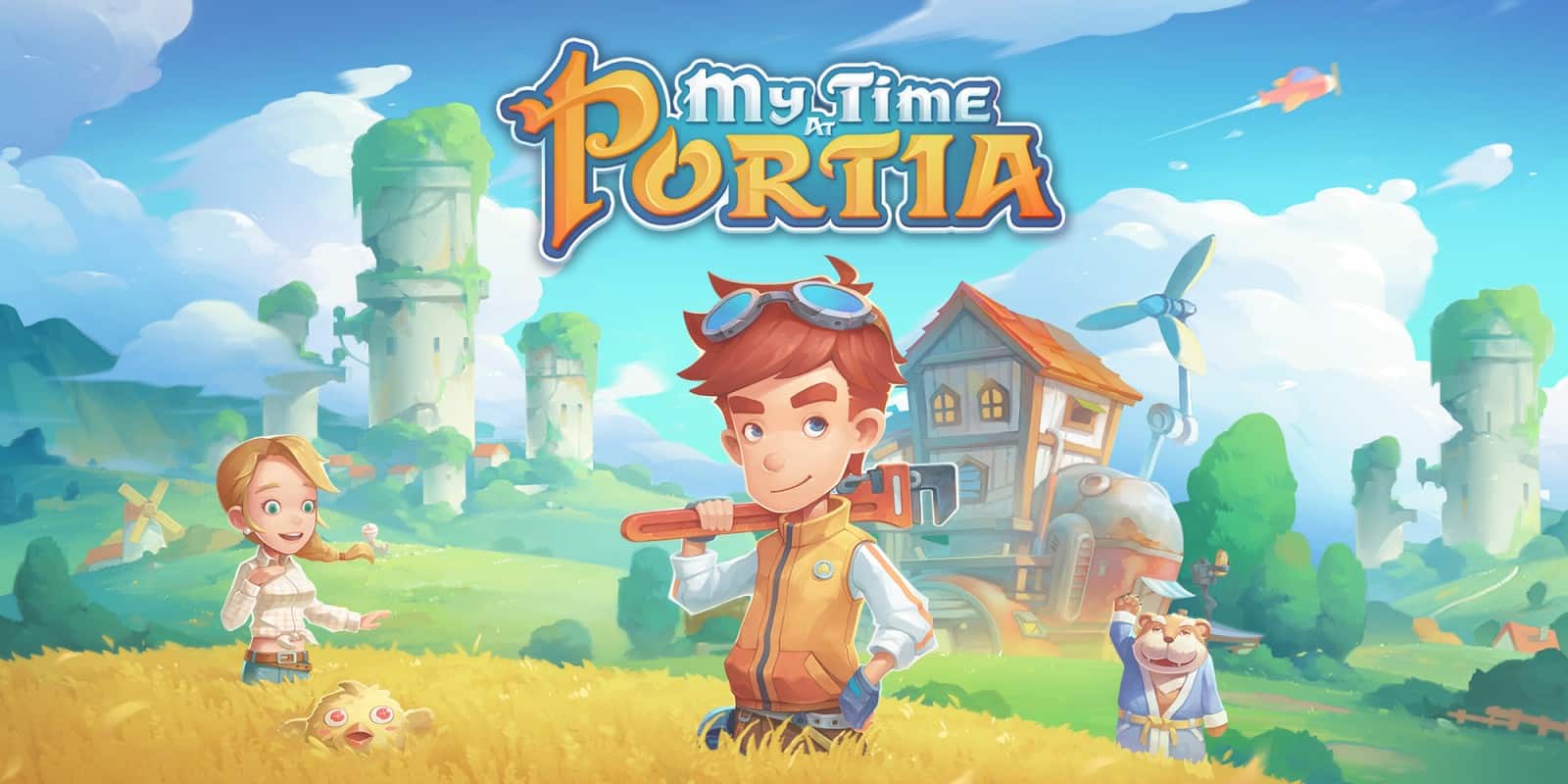The indie game world is positively brimming with incredible titles from thousands of talented developers. One thing that makes indie games so special is that in comparison to Triple-A titles, they don’t have to conform so strongly to genres. That allows them to combine ideas to create unique gameplay mechanics. As such, there are many genres and subgenres that you see a lot more in indie games than you do with larger titles. This article will have Indie Game Sub-genres explained and break down some of the most popular sub-genres that you’re likely to find.
Platformer
This genre is dominated by indie developers, and there are countless titles available. One of the possible reasons for this is that most platformers are relatively easy to code compared to other genres, making for excellent first development projects.
They’re also simple, fun, and there are endless new ways for a developer to bring their own take to a game. It’s also a popular genre with fans. If a gamer likes platformers, likely, they’d happily play several similar titles as long as the quality was there. But let’s take a look at platformer subgenres in more detail by talking about the three most common ones.
Immerse yourself in the hauntingly beautiful world of "Hollow Knight," where every step unveils secrets and challenges waiting to be conquered. With its captivating art style and intricate gameplay, embark on an epic journey filled with mystery, danger, and discovery unlike any other.
2D Platformers
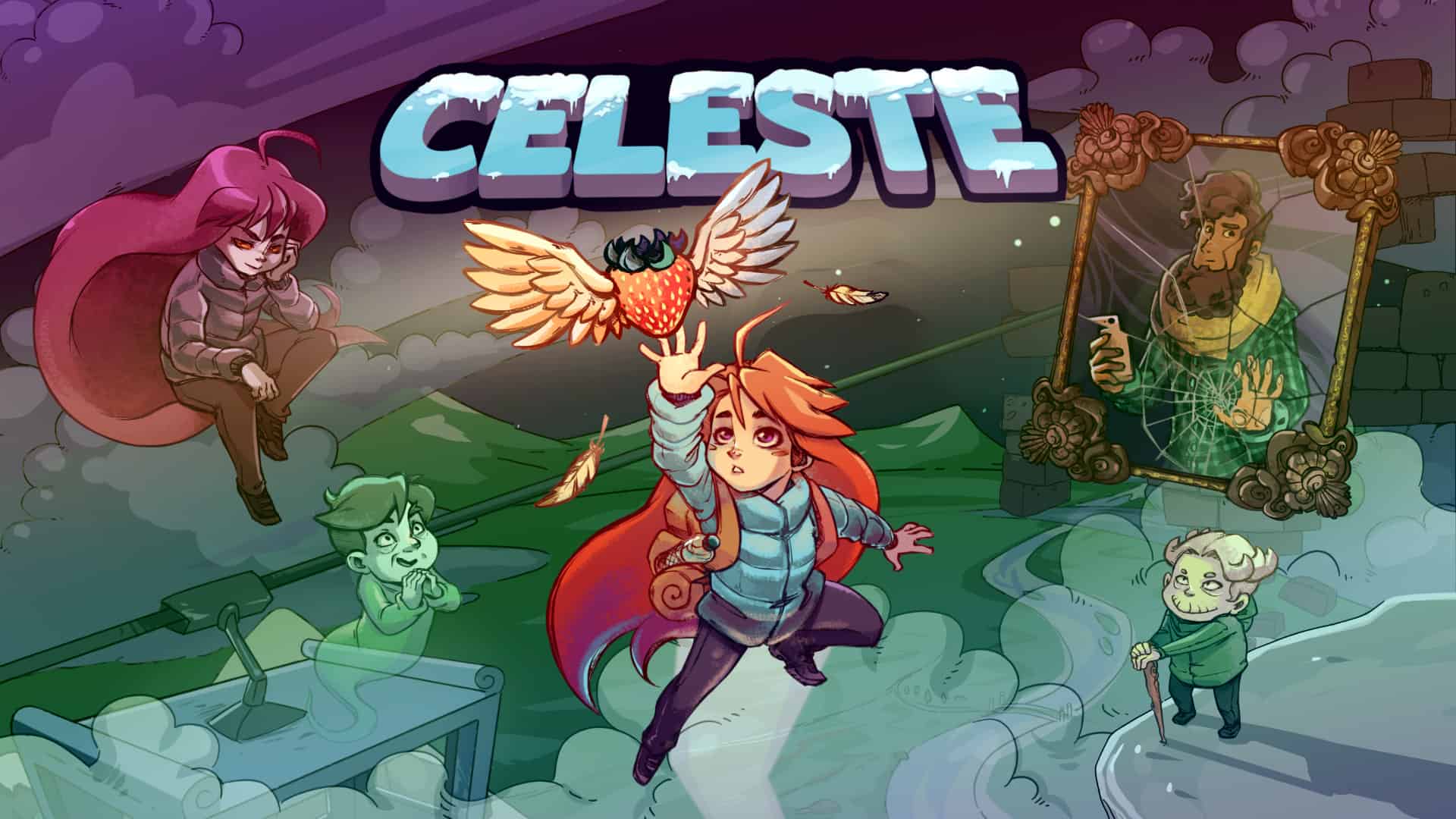
These are what you’re most likely to see from a first-time indie developer. It’s far easier to program a game on a 2D plane compared to a 3D one, and so it gives developers more time to perfect the graphics and gameplay mechanics. There’s also more scope than you’d think, as although the gameplay is limited to just an X and Y axis, there can be plenty of clever ways to move your character.
Aside from just walking/ running and jumping, there are often dash mechanics, double jumping, wall jumping, and even teleports. One of the most popular indie 2D platformers is Celeste, which fans loved for its difficulty, and the title gained a cult following. It spurred many similar games, and if you search ‘2D platformer’ on Steam, you’ll be inundated with thousands of titles, the majority of which are indie.
3D Platformers
This is my personal favorite gaming subgenre, and when done correctly, it’s mesmerizing. Unfortunately, there are also a lot of games that don’t do it correctly because getting the movement controls to be smooth in three dimensions can be a challenge. Often, an otherwise well-designed and graphically perfect game can become essentially unplayable due to poor movement controls. An excellent example is Playful Studios’ title Super Lucky’s Tale.
This was a beautiful game with fun characters, clever mechanics, and superb level design. However, I gave up on playing it in the end because the movement was so clunky that it was sapping all the enjoyment. But to Playful’s credit, they recognized this flaw within their own game and worked to improve it, eventually releasing New Super Lucky’s Tale.
This updated version of their original game flowed excellently, and the character was a joy to control. It ended up securing a place as one of my all-time favorite 3D platformers because the developers were dedicated enough to keep working on it. You don’t see 3D platformers as commonly within the indie gaming sphere as the 2D ones, but they’re still a vital part of the genre.
Metroidvania

Named after the 1986 titles Metroid and Castlevania, a Metroidvania refers to a non-linear journey within a game, where you have to return to earlier sections of the game once you’ve attained specific skills. Typically, these are platformers made within a 2D plane, but you can get 3D examples such as some Soulsborne games. Metroidvanias comprises of vast levels with multiple routes, and the only way to explore everywhere is to attain new abilities or items that allow you to progress down a previously inaccessible path.
One of the most popular indie Metroidvania games is Team Cherry’s Hollow Knight, which has tens of hours of gameplay to reach one of the main endings. There are also several other possible endings and many optional bosses and sections throughout the game. A completionist run can take well over 50 hours, which gives you an idea of just how detailed the game is.
For less intense gameplay, Ori and the Forbidden Forest and its sequel Will of the Wisps are both Metroidvanias with less of a skilled demand than Hollow Knight. It remains an incredibly popular indie genre, and fans love being able to explore these games in so much depth.
Cosy
Sometimes you’re looking for a game that you can just play to unwind. You don’t want to have to focus intensely or rely on split-second reactions. Instead, you want to just engage yourself in a peaceful game that allows you to step back from reality for a while.
This is where cosy games come in, and honestly, they’re some of the most popular titles in the gaming world. Indie companies have a significant foothold here, and some great titles fit into these categories. There’s a lot of crossover within subgenres of cosy games, and often games will incorporate elements of several of the following.
Farming Simulators

Most of us will live in busy urban or suburban areas with little greenery or wide-open spaces. Farming simulators allow us to live a rural fantasy. Often set in a small, tight-knit community, many cosy indie games rely on the premise of the main character moving away from their busy lives, and settling instead on their very own farm.
It’s up to you to cultivate a successful life of agriculture, where you can grow crops and raise animals. One of the best examples of this is the wildly popular Stardew Valley by ConcernedApe, which has sold over 15 million copies. Fans seem to love the wholesome simplicity of the game, and there are many forums dedicated to sharing the best tips for growing a healthy farm.
Life Simulators
Often an accompanying part of farming simulator games, life simulators allow you to have a whole other life in the form of a video game. Sometimes they can be in surreal fantasy settings, whereas other times, they’re set in our world. I think it’s a very human experience to wonder how else your life could have turned out, and so life simulators allow you the opportunity to explore other lifestyles in a safe and contained way.
My Time at Portia is an excellent example of this, as it combines the realistic and the fantasy to leave fans with something in between reality and fiction. There’s a pretty ordinary townscape with NPCs to get to know, but there are also sci-fi elements to it. To keep things interesting, life simulators need to offer gamers multiple objectives to do within the game. Some of the most common tasks include finding collectibles to donate to a museum of some kind, crafting new items using resources you gather, mining, and cataloging wildlife.
Building Management

Building management games are a wonderful outlet for your escapism if you prefer architecture over forming relationships with people. You can construct houses, towers, even entire cities by manipulating the various resources available to you in these games. Some will offer you challenges and quests; others are sandbox-style, where you can truly let your imagination run wild.
A popular indie example of this subgenre is Factorio, where players can build expanses of factories and mine for materials to keep improving their factory empire. Building management games often include a technology tree to unlock upgrades and new building types.
Even though most of them start simple, they can become pretty complex in the later stages of the game. As such, they require strategy and the ability to stay calm under pressure. You don’t have to play it intensely, though, and many titles allow you to take the game at your own pace.
Dating Simulators
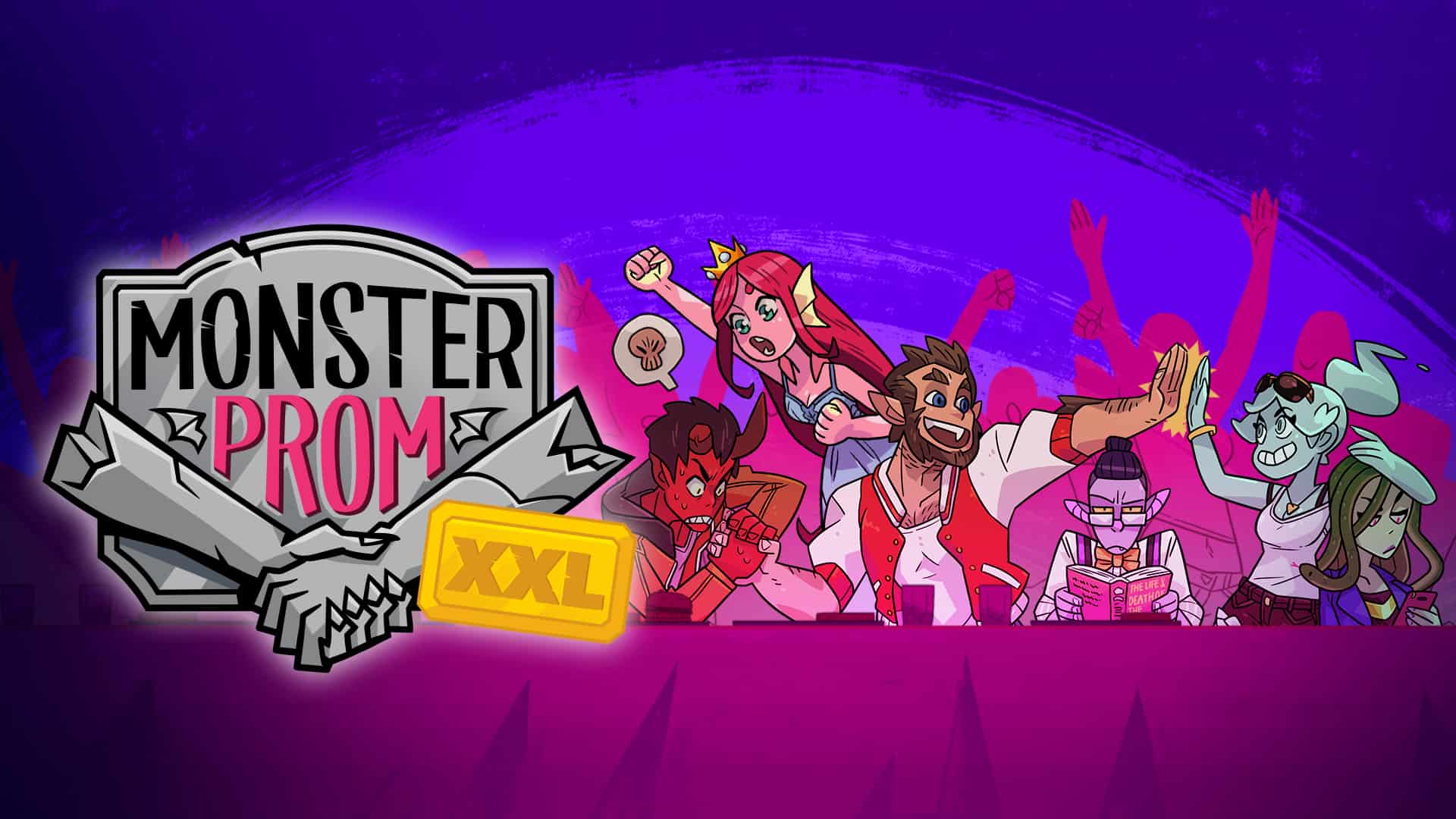
For some reason, this subgenre tends to get snubbed a lot or seen as less worthy. Some gamers even take it upon themselves to mock people who play them. However, the fact remains that they’re a popular cosy subgenre and probably the ultimate form of escapism. Dating simulators are very simple in that they allow you to fall in love with one (or many) of a handful of potential romantic interests.
Often the characters in these are programmed to fulfill some sort of fantasy and will be flawless, or at least attractive enough that players can overlook their flaws. The gameplay tends to revolve primarily around the love interests, and they’re usually dialogue-heavy and more focused on story than gameplay mechanics.
Although there are many settings in the real world, there are also plenty of titles with an otherworldly spin on them. One such title is the popular Monster Prom, where several characters have a supernatural aspect to them. Dating simulators can unfortunately sometimes play into misogynistic stereotypes, but that by no means defines the subgenre. Some titles offer great diversity in terms of POC characters and LGBTQ+ representation.
Rogue
There are two subgenres within this, roguelike and rogue-lite, and I’ll explain the differences in a moment. Put simply, rogue games typically involve dungeon-crawling where dying will restart your game. You can’t respawn and continue; your experience will simply end.
The terms derive from the 1980 title Rogue: Exploring the Dungeons of Doom, which was a popular example of this genre. However, it wasn’t the first of its kind, with that honor going to the less commonly known title Beneath Apple Manor. It remains a common genre for indie developers and can spawn cult-like followings among fans.
Roguelike
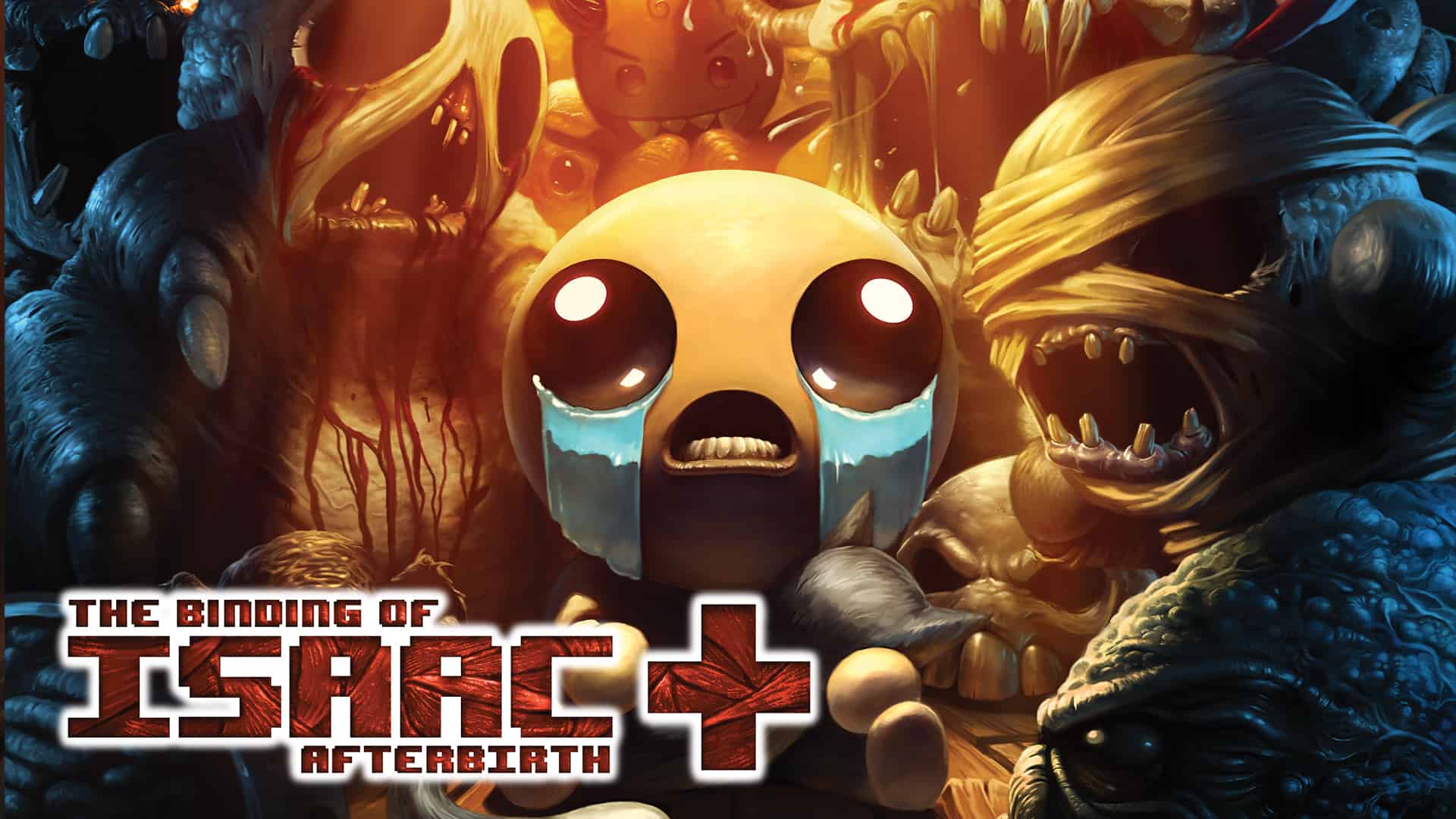
A true roguelike game is a hardcore proponent of ‘death means death. When you die in a roguelike, you will restart a new game with absolutely nothing carried over from your previous tries. You will not retain any equipment, or be able to learn new skills as a result of your past attempts. You can’t even memorize the routes and strategies as each game will regenerate a new map.
This is usually done through procedural generation but can sometimes have set map options. They also are turn-based rather than real-time. This means that a player cannot rely on their skills improving due to playing multiple times.
This is why games such as The Binding of Isaac are considered rogue-lite rather than roguelike, despite not carrying over anything else into new runs. Due to the strict definitions, very few rogue games are true roguelikes.
Check out this list of what the best Roguelike games to try next.
Roguelite
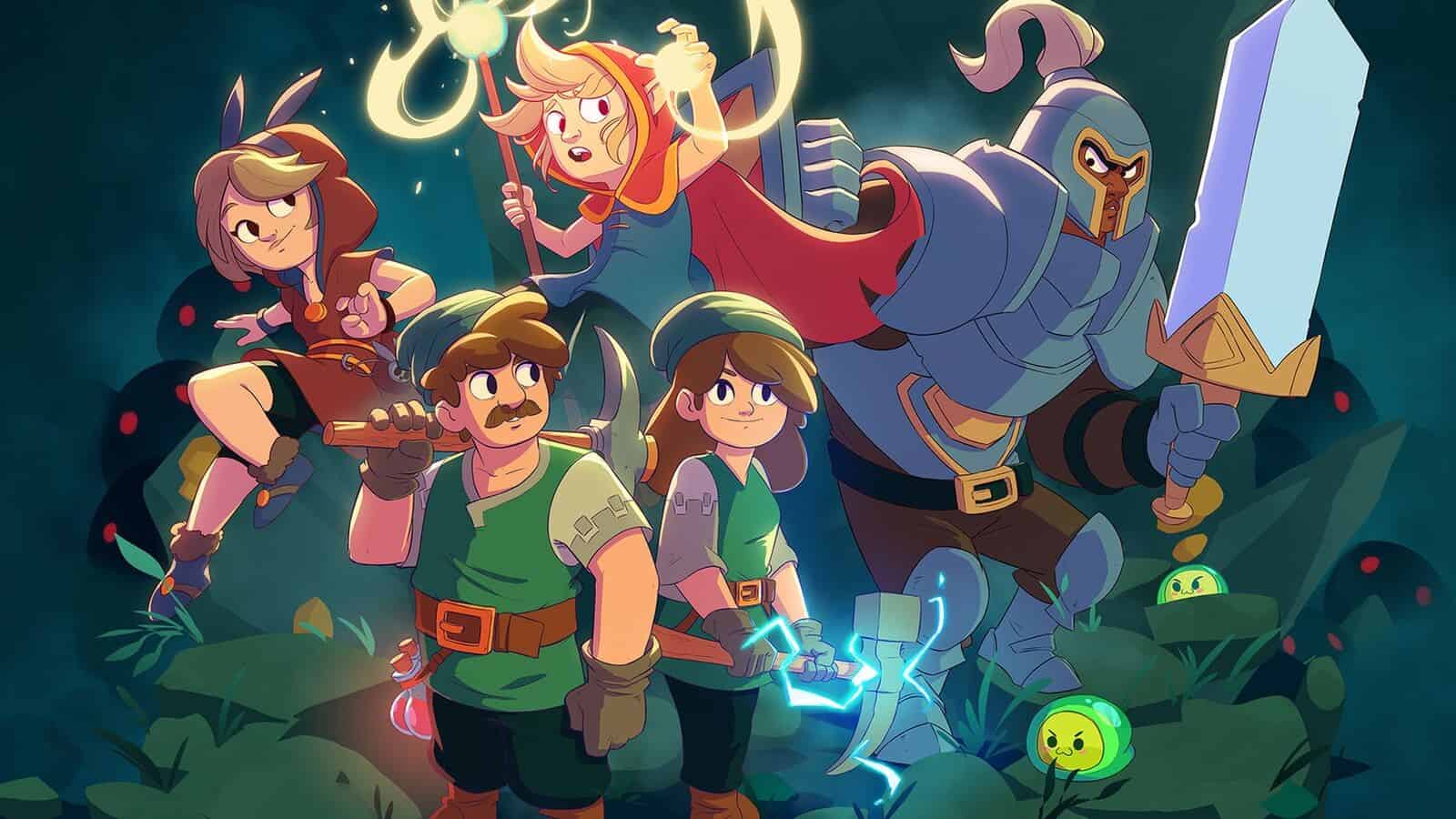
The much more common form of the rogue genre, roguelites rewards players for multiple attempts. They can do this in several ways. The most frequently found way of doing this is to allow players to purchase new skills or upgrades. This is usually either done through a points system or with an in-game currency. Otherwise, different upgrades will auto-unlock after you progress a certain distance through the game.
Some roguelites are real-time, so the more you play it, the more skilled you naturally become. One of my favorite indie roguelites is Undermine, an underrated title, in my opinion. The levels are typically different every run, but you can also apply seeds to keep running a particular dungeon.
The pixel graphics are cute, and the gameplay mechanics are smooth. However, arguably the most popular roguelite is the multiple-award-winning game Hades from Supergiant Games. It demonstrated everything wonderful about the genre and captured the hearts of millions of players.
Strategy
Most people like to feel smart, and strategy games give them the perfect outlet to do so. At their core, strategy games are about using wisdom and tactics to win against others, either a CPU or a real person. The more you play them, the more you get a feel for their mechanics and the better you’ll become.
As such, it’s easy to get invested in a singular title, and many players will become obsessed with their favorite game. There’s often the potential for some incredible combos once you fully understand everything that the game has to offer. Depending on the specifics of a title, players can get clever with their loadouts.
Real-Time Strategy

If you’re good at thinking on your feet, then real-time strategy (RTS) games are for you. You’ll be required to pay attention to everything happening on your screen and make quick decisions accordingly. Often RTS games are based on commanding some kind of army, whether in an actual military setting or just in terms of having a large number of units to command. Sometimes you’ll be defending a base, but this isn’t a prerequisite of the subgenre.
One very popular RTS indie is FTL: Faster Than Light, where you control the crew of a spacecraft and have to defend against enemy ships. You have a top-down view of your entire ship and have to manage the recruitment of new crew members, upgrades, and combat. The combat is real-time, but you can pause it.
Turn-Based Strategy
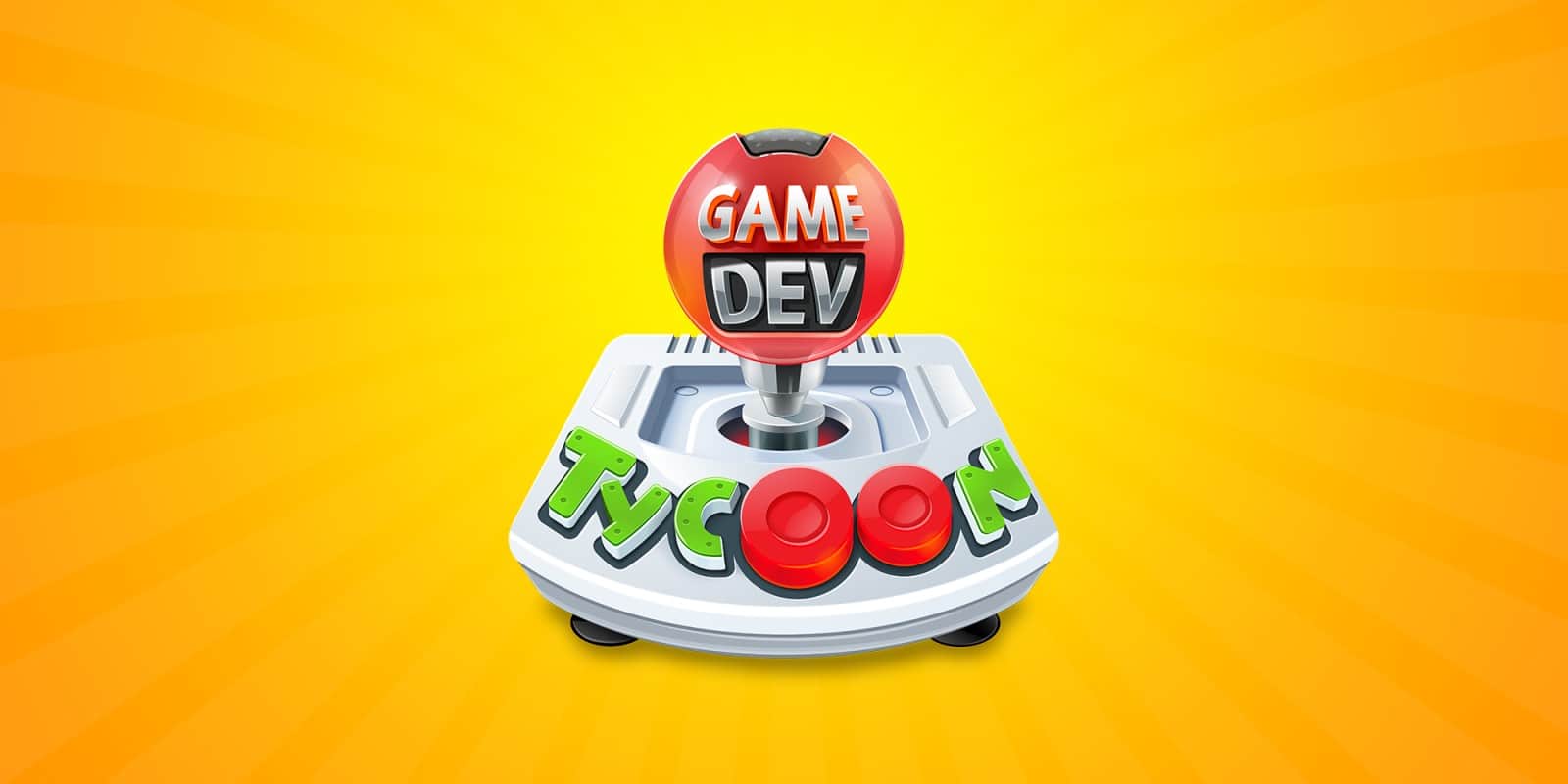
This tends to be the more common subgenre of strategy, especially within indie games. It allows players to take their time planning the best tactics, and they don’t have to make rash decisions due to time pressure. You have to use the resources available to you to progress through the game.
This can take several forms, and may well have similar themes to RTS games, such as a military setting. Whereas RTS is the subgenre for people who enjoy the thrill of pressure, turn-based strategy games are great for those who find excitement in the minutiae.
You can combine items or upgrades to create clever combos, and you should be thinking about your future moves with every step. Some titles may have high stakes, but others are much more casual. For example, this subgenre includes games such as Game Dev Tycoon, where you build up your own game development studio and make business decisions.
Deckbuilding Games
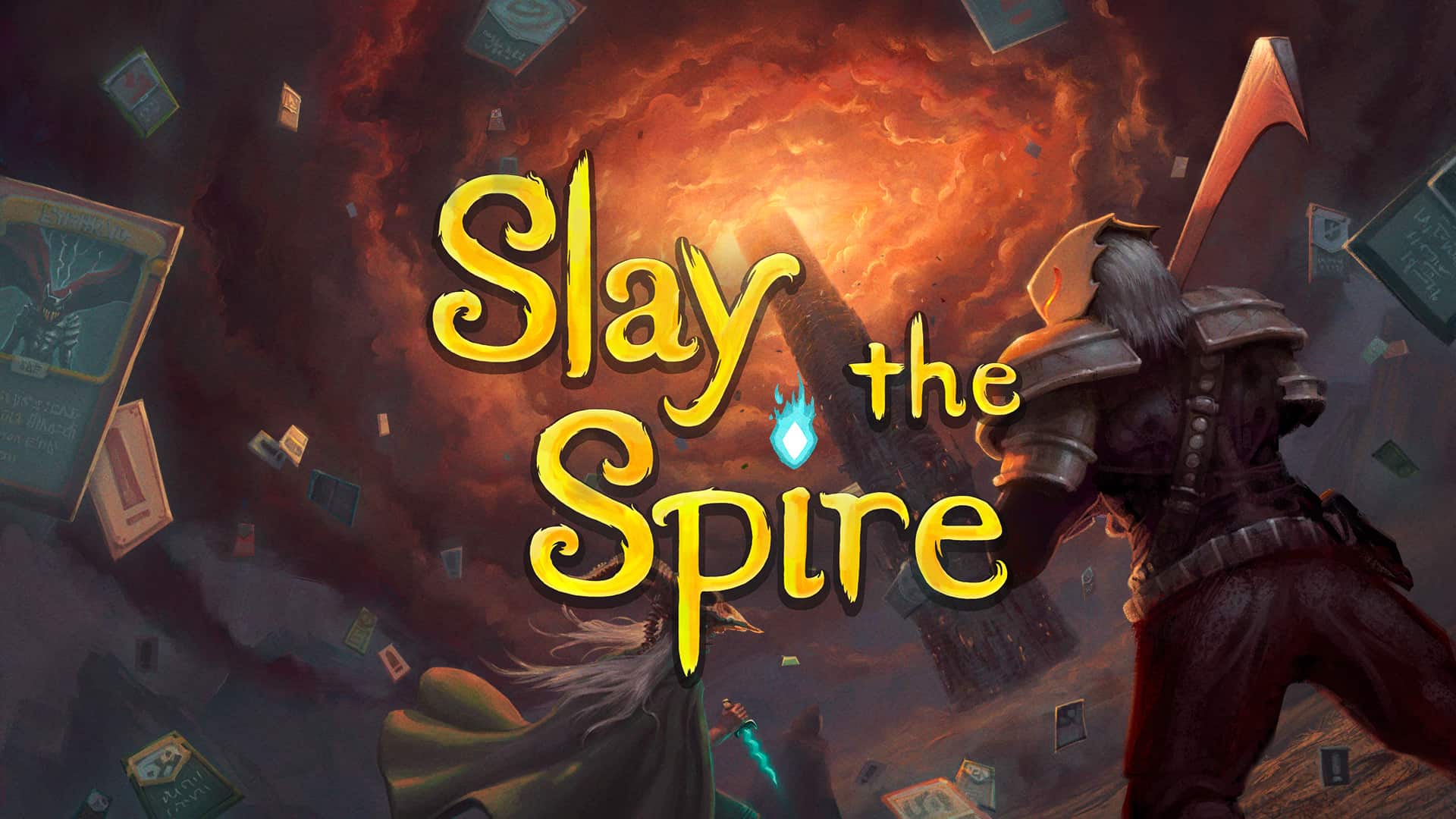
This is my favorite subgenre within the strategy, and thankfully it’s got a small but dedicated number of indie developers who have contributed to it. There are some high-quality deckbuilding games out there, with more being created all the time. With these, you’ll usually engage in some form of combat using a deck filled with cards that you choose throughout the game.
The more you play these, the more you’ll get a feel for which cards work well in combination with each other, and you’ll also get an idea of the kind of tactics necessary for progression. Many deck-building games are also roguelikes or roguelites, but it’s not a requirement.
Probably the most popular indie deckbuilding game is Slay the Spire, which has nearly 400 different cards available and several relics which affect how combat works. There are also various characters, and these affect which cards you’ll find on your run. Discovering your playstyle is one of the most fun aspects of deckbuilding games.
Embark on a thrilling journey through the ever-shifting halls of Slay the Spire, where strategic deck-building meets intense roguelike action. With its dynamic challenges and endless combinations, test your skills and adaptability to ascend to greatness.
Puzzle
Whilst also involving lots of thinking, these are different from strategy games in that puzzles require a fixed solution (there may be several possible solutions, but it’s still a finite number). On the other hand, strategy games let players choose their own tactics and find methods that work for them.
Puzzle games are one of those genres that often get dismissed by ‘serious’ gamers, but despite this, they still have a strong fanbase. Puzzles give players something to solve, and finding that solution can be a real rush. For players who like to feel good about themselves, and who like to see physical proof of their accomplishments, puzzle games can provide that for them.
Puzzle-Platformer
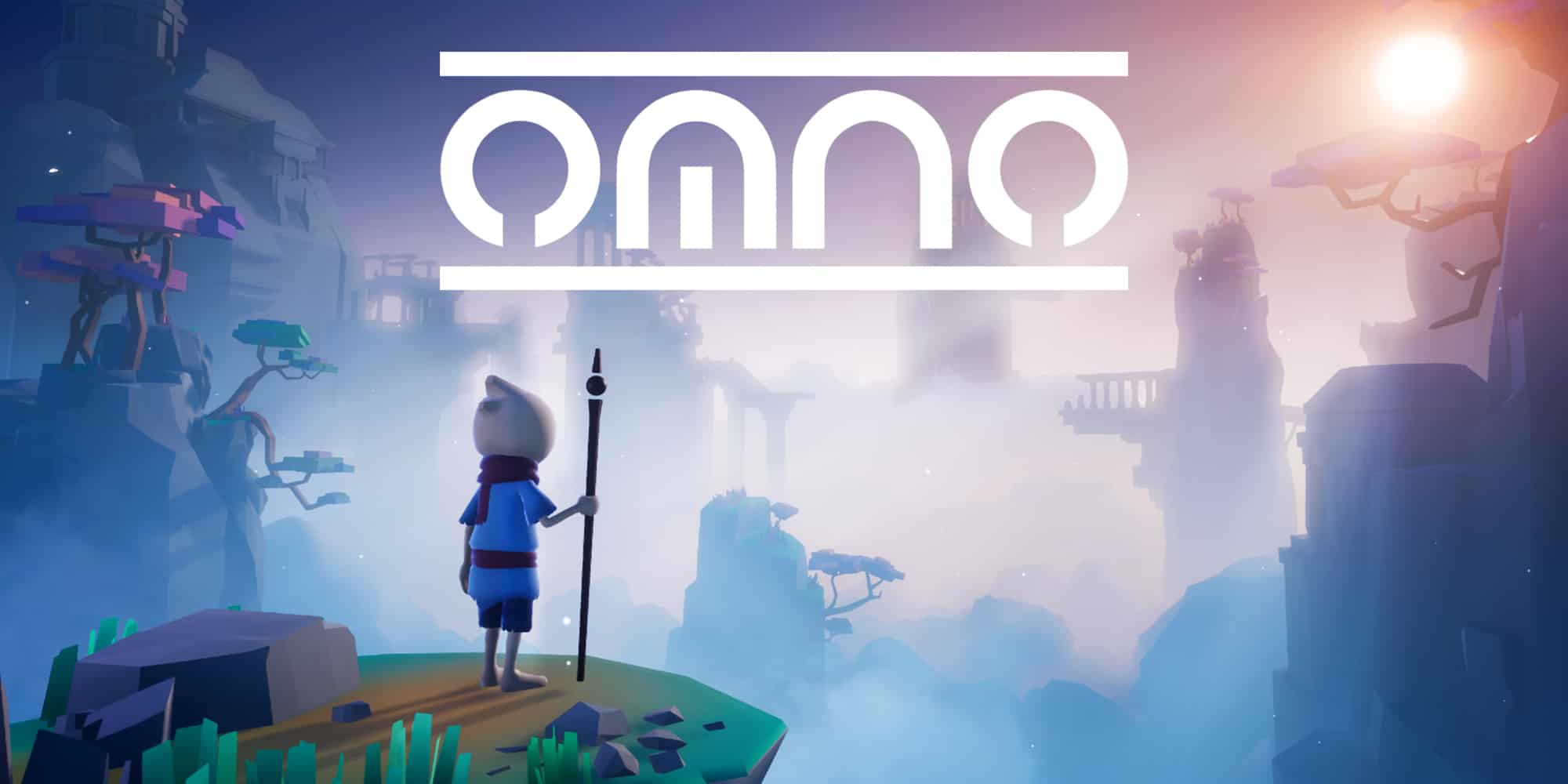
These are games where you have to use platforming to traverse a world, but there are puzzle elements necessary. So for example, you may need to solve a puzzle to unlock a bridge, or to earn a skill such as double jump. With puzzle-platformers, the two genres are intertwined, so you’ll need to use your brain and your gaming skills to progress.
These tend to strike a healthy balance between the two and are less physically demanding than a standard platformer and less intellectually challenging than a pure puzzle game. As such, they’re pretty popular among players looking for a relaxing but fun game to play. One of the most popular puzzle-platformers is Playdead’s title Limbo, where you play as a young boy searching for his sister.
You need to jump and maneuver obstacles whilst solving exactly what to do to reach the next stage of progression. Another fantastic example of a puzzle platformer is the 2021 release Omno, which scored amazingly in critic reviews and user scores. Usually, this subgenre is comprised of 2D games, but Omno is 3D, and so it offered several different puzzle opportunities that wouldn’t be possible with just 2 dimensions to play with.
Word and Number Puzzles
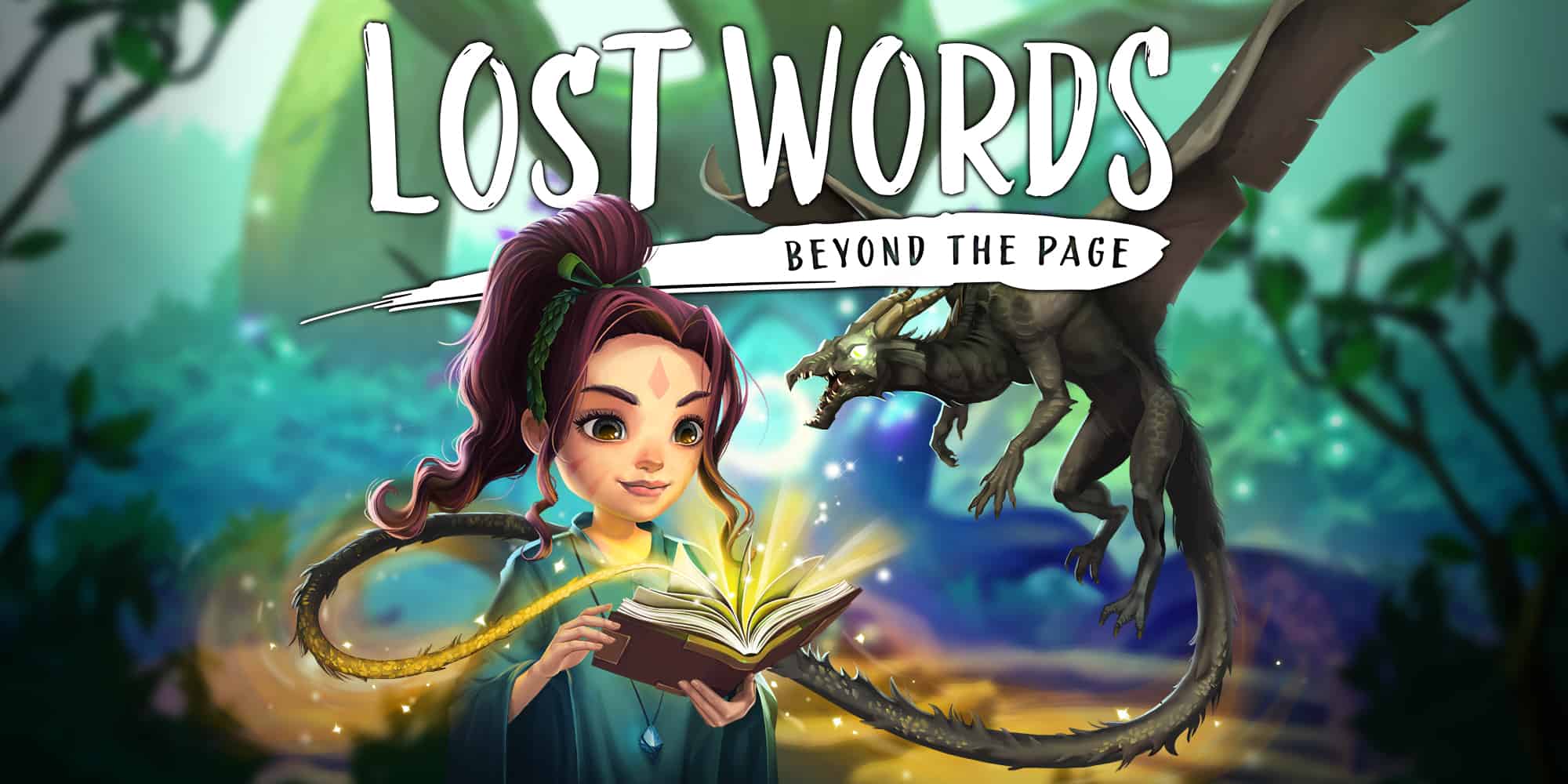
A very specific subgenre, there’s not usually much nuance to word puzzles. You’ll be given puzzles where you’ll need to use your knowledge of words and letters to solve them. These can be in the form of anagrams, or word searches, even crosswords. However, they can also be done in really clever and unique ways, such as with Lost Words: Beyond the Page. In this game, you can drag words around the screen to change the meaning of sentences and progress from there. Word puzzles are great for people who love the English language and have a vast vocabulary.
Similarly, number puzzles have pretty much the same purpose, except with numbers instead of words. Although these types of puzzles are often not the most exciting games, they can be great for winding down after a busy day. They’re also great as a learning tool and can improve your competency with maths and English.
Block and Tile Puzzles
Another relatively simple subgenre, these use blocks or tiles as assets for characters to manipulate to solve puzzles. These games are often color-coded, with different colored tiles (or blocks) having different properties. You may need to stack them, push them, click them, or combine them to find the solution; it’ll vary depending on the game.
Usually, these games will start off pretty easy as the player gets used to the different assets in the game, but the difficulty level can ramp up pretty quickly. There may be a lot of thought involved in managing to get to the higher levels in the game. Fans of these puzzles enjoy the level of challenge, and often players will find one title that they love and play it almost exclusively. This genre is also prevalent in mobile games, and these games can be great for when you’re out and about.
Adventure
With these, the focus is usually on exploration. Adventure games tend to either have larger levels than other genres or have stories that last longer. However, some do keep it short and sweet. The gameplay mechanics are about traversing the world and/ or learning more about it. Because of the attention to detail in adventure games, these can often be some of the most immersive titles to play.
There are several subgenres within the adventure, but I’ve chosen the two that tend to be the most common in the indie sector. It’s is as much a theme as it is a genre, and so a lot of the previously mentioned subgenres can also be combined into an adventure game.
Narrative Adventure

These are games where the main focus is on the story. The gameplay isn’t particularly challenging, and instead, you learn more about the world of the game. These are usually dialogue/ narration-heavy and require you to move throughout the world to hear more of the story. Surprisingly, there are multiple ways to do this in terms of gameplay.
Sometimes you’ll have a physical character in a 2D or 3D world, and you can move about to progress the story. These are sometimes known as walking simulators. A great example of this is the game Storm Boy, where you complete a series of minigames as you discover more about this boy’s life and play through a heart-wrenching tale.
Narrative adventures may also be told instead through a series of scenes, where instead of moving, you select choices that come up on the screen. This includes visual novels, where there’s very little actual gameplay. Technically you don’t even need images at all, and text-based narrative adventure games also exist.
Action-Adventure
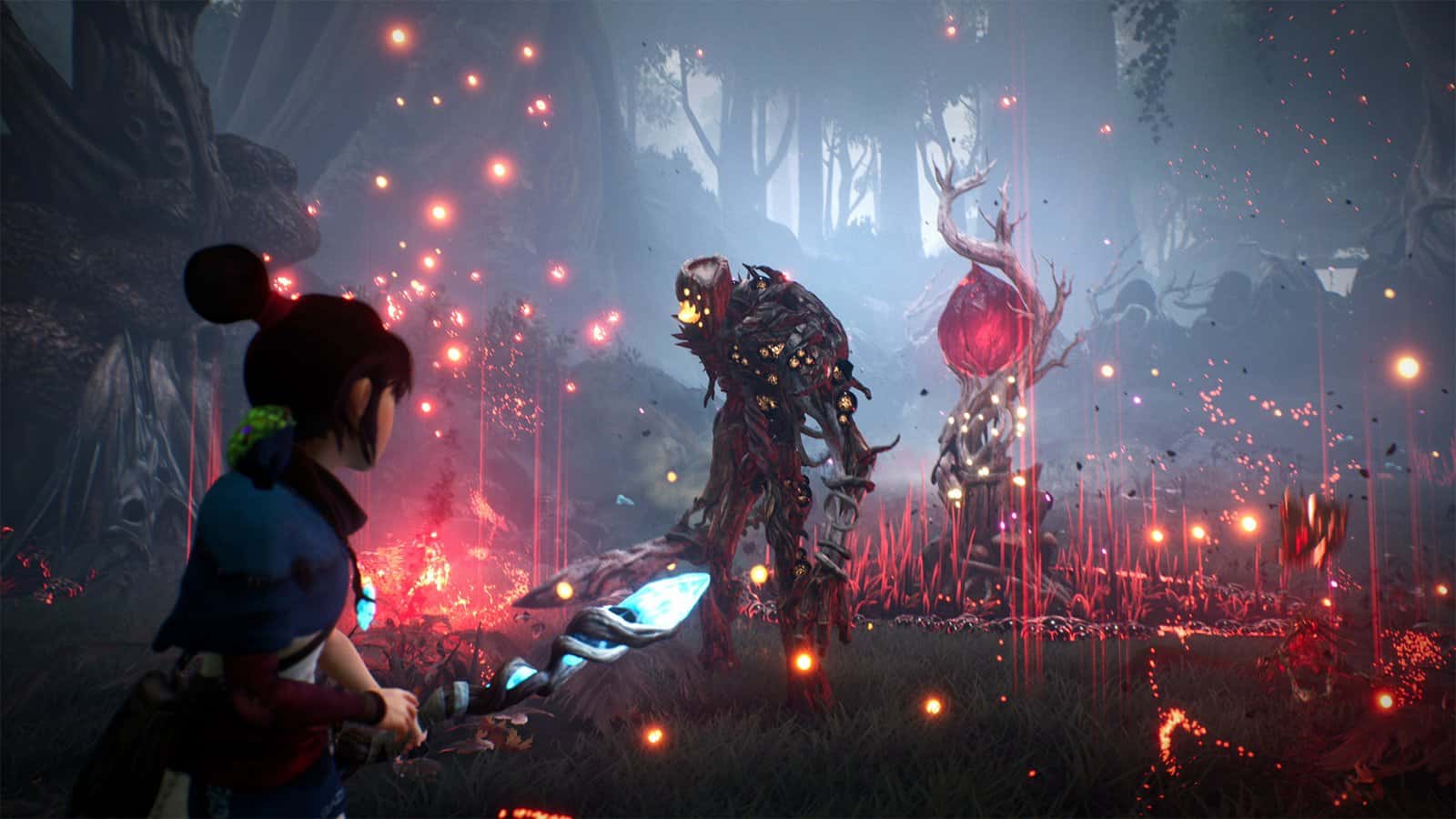
This genre is a fan favorite for a reason. People go crazy with excitement when new Triple-A action-adventure games are released, but the reality is that indie games can often be just as good if not better than the more prominent titles. They may not have insanely realistic graphics or humungous worlds, but they can create beautiful landscapes and smooth mechanics that will give a player hours of joy.
Action-adventure is a subgenre that does what it says on the tin. You explore the world (adventure) whilst using skills such as jumping and fighting (action). These games can be intense, and it’s easy to lose yourself in what’s happening. A great example of this subgenre is Ember Lab’s Kena: Bridge of Spirits, which won Best Indie at The Game Awards in 2021.
I’m also a massive fan of Drake Hollow by The Molasses Flood. Both games demonstrate the importance of having consistent lore, as well as fun and varied gameplay. Many action-adventure games allow you to collect things, as well as gather resources to help you with your journey.
Immerse yourself in the hauntingly beautiful world of "Hollow Knight," where every step unveils secrets and challenges waiting to be conquered. With its captivating art style and intricate gameplay, embark on an epic journey filled with mystery, danger, and discovery unlike any other.
FAQs
Question: Why are there so many indie 2D platformers?
Answer: When it comes to the coding side of game development, 2D platformers are one of the easiest to program. You can write code that will apply to every level and then just import various blocks and objects that you’ve already made a prefab for. Essentially, a prefab is a fully developed asset that can be replicated every time, with all the code still applied. 2D is much easier to code than 3D, as you only have to concern yourself with the X and Y axes rather than the Z-axis. As such, when a developer is starting, 2D platformers are a great first project.
Question: Are there any subgenres that you didn’t include in this list?
Answer: Yes, the fact is that there are so many different games out there that not all of them can fit into a subgenre list without it being millions of words long. Therefore I tried to pick the most commonly found subgenres within the indie sector. You also find some subgenres frequently among larger companies, but not so much with indies, for example, MMORPGs. As well as this, I tried to consider the genres where the indie games stand out in comparison to the big guns. For instance, you’ll rarely find an indie driving game on a par with titles like Forza or Need For Speed, nor an indie FPS that could compete with Call of Duty or Halo.
Question: Can a game fit into more than one subgenre?
Answer: Absolutely! You see this a lot more with indies. They often like to push the barriers of what gaming can accomplish, and they’ll smash a whole bunch of subgenres together to create a unique new game. You’ll even find subgenre crossovers that you wouldn’t have considered would work well together. There’s no limit to the imaginations of indie developers, and that’s why we love them!
Conclusion
As you can see, there are many indie subgenres, and these are just some of the more prolific examples. With hundreds of new indie games being released every week, new subgenres constantly crop up as creative developers come up with fresh ideas.
Often you’ll find that an indie game falls into several different genres, and so this list is merely a way of categorizing a lot of the games rather than attempting to come up with a finite list.
It’s incredible to see the breadth of imagination that developers have and the sheer range of genres gamers have access to. Whatever you like to play, there will be an indie game that captures your exact tastes.
- Calico Review – Cats, Coffee, and Cuteness - December 7, 2023
- A Tiny Sticker Tale Review - October 18, 2023
- Paleo Pines Review - October 11, 2023




